Philadelphia Front Page News: Only 5% of the top editors are non-white, compared to… by Van Stone frontpagenews1@yahoo.com (215) 821-9147
S’thembiso Msomi from
the 'Sunday Times', Catherine Kim from NBC and Dean Baquet from
the 'New York Times'.
Race and leadership in the news media 2021: evidence from five markets
Key Findings
In this Reuters Institute factsheet we analyze the percentage of non-white top editors in a strategic sample of 100 major online and offline news outlets in five different markets across four continents: Brazil, Germany, South Africa, the United Kingdom (UK), and the United States (US).
Looking at a sample of ten top online news outlets and ten top offline news outlets in each of these markets, we find:
Overall, 15% of the 80 top editors across the 100 brands covered are non-white, despite the fact that, on average, 42% of the general population across all five countries are non-white. If we set aside South Africa and look at the four other countries covered, 5% of the top editors are non-white, compared to, on average, 30% of the general population. There has been no significant overall increase in the number of non-white top editors over the last year across the markets covered.
In Brazil, Germany, and the UK, none of the outlets in our sample have a non-white top editor. In the US, there are three non-white top editors in our sample (18%) and in South Africa a majority (60%) are non-white.
In every single country covered, even South Africa, which far outperforms the other four in terms of the racial diversity of top editors, the percentage of non-white people in the general population is much higher than it is among top editors.
In the four countries where data are available on the number of non-white journalists, there is no simple relationship between the percentage of non-white journalists and the percentage of non-white top editors. In Brazil and the UK, there are fewer non-white top editors than there are non-white journalists. In South Africa and the US, there are more non-white top editors than non-white journalists.
The share of internet news users who say that they read news from at least one major outlet with a non-white top editor range from 0% in Brazil, Germany, and the UK to 86% in South Africa.
General overview
Top editorial positions in major news outlets matter both practically and symbolically. They are important because top editors are key figures in the leadership and direction of newsrooms. Moreover, who editors are matters for how news outlets, and the news media more broadly, are seen by the public (Duffy 2021). These premises are central to our ongoing work studying diversity in leadership in the news media, both from the perspective of gender (Robertson et al. 2021) and race (Nielsen et al. 2020).
We continue that work on race and leadership here, documenting the profile of top editors after a year marked by ongoing conversations about racial justice, equity, and diversity in many countries. The year 2020 only further underscored how the news media are an important part of these conversations, whether they are about the issues raised by social movements like Black Lives Matter, structural inequalities in employment and healthcare access made further evident by the coronavirus pandemic, or the ongoing legacy of colonialism and imperialism and how we engage with our collective histories. There are concerns that the media can sometimes miss relevant stories or perspectives related to these issues, in part because top editors experience and see the underlying concerns very differently from the people and communities most directly affected by them (Arboine 2020; Borzi 2020). This is why it is important to look at who top editors are.
This short factsheet adds to important research by others working on race in the news media, including the studies we highlighted last year by professional groups – for example: the American Society of News Editors diversity survey, led most recently by Meredith Clark (Clark 2019); the Journalists in the UK report from Britain (Thurman et al. 2016); work on diversity in British newsrooms by Women in Journalism (Darrah and Haddou 2020); and the ‘Diversity in deutschen Journalismus’ study by Neue deutschen Medienmacher*innen in Germany (Boytchev et al. 2020) – as well as work by a range of academics (e.g. Merrill 2021; Lück et al. 2020; Somani and Tyree 2020).
Methods and data
Continuing our work from 2020 (Nielsen et al. 2020), we focus on top editorial leadership positions in a strategic sample of five markets. These countries have different demographics and histories of white imperialism, colonialism, and slavery. To get an overview of similarities and differences across markets, as well as any changes in leadership, we examine the same countries in 2021 as we did last year, namely South Africa; Germany and the United Kingdom from Europe; the United States from North America; and Brazil from South America. To be able to leverage available data on the journalistic profession and on news and media use, we include five markets from those covered in Worlds of Journalism (Hanitzsch et al. 2019) and in the Reuters Institute Digital News Report 2020 (Newman et al. 2020). Where it is possible, we compare our findings to data on diversity in the journalistic profession (using Worlds of Journalism data) and in the wider population (using census data). However, data are not always available and comparisons not always possible because of limited research, but also because of legal restrictions on collecting and retaining certain statistics on race (for instance in Germany).
Our approach is identical to last year. In each market, we focused on the top ten offline (TV, print, and radio) and online news brands in terms of weekly usage, as measured in the 2020 Reuters Institute Digital News Report (Newman et al. 2020). Our focus on the most widely used offline and online brands means that some important outlets with non-white editors are not included in the sample (in the US, for example, the Miami Herald, which has Monica Richardson, a Black woman, as executive editor is not in the sample). Because of changes in what the most widely used brands are, and our focus on the top ten offline and online brands, there has been some turnover in the specific brands included in the analysis: 89 of the 100 brands covered in 2020 are included in the analysis again this year, with 11 new brands included.
For each brand, we identified the top editor by checking their official webpages. The data were collected in February 2021. We looked for editor-in-chief or the nearest equivalent; for example, executive editor, or head of news for TV. The exact terminology varies from country to country and organization to organization, but in most cases it is possible to identify a single person. We refer to the individuals identified collectively as the top editors. It is important to note, of course, that this does not mean the top editor is the only person who matters or, in fact, the most important person in terms of day-to-day editorial decision-making. We coded observations as missing in cases where both online and offline versions of the same brand share a top editor, so the analysis covers a total of 80 individuals across the 100 brands included in 2021, compared to 88 individuals last year. Some top editors, such as Martin Baron, Executive Editor of the Washington Post, were stepping down at or around the time of data collection. We include here the top editor as of late February.
The individuals identified were double-checked by journalists from the market in question, as well as by academic partners and our researchers. We also contacted the brands or their press offices to confirm who their top editor was. Where organizations responded, we always deferred to their judgement. In some cases, where an organization has not responded to our query and where there is no single clearly designated editor-in-chief, or roles and responsibilities across online and offline parts of the same outlet are unclear, we have made a judgement call as to who to code as the top editor of the outlet in question.
Following work on the representation of race in editorial positions in communications research (Chakravartty et al. 2018), we operationalized race by adopting a conceptualization that contrasts institutionally dominant white populations and dominated non-white populations. Race and racial discrimination work in complex ways not always tied to skin color, for example where it has a religious dimension. There are also dimensions of ethnicity that are not always related to race. However, a white/non-white conceptualization captures some important aspects of this in the countries we cover. We therefore deploy a simple and reductionist, but hopefully still illuminating and relevant, binary, and code each top editor as white or non-white. Non-white is in no way meant to suggest an identity, let alone a homogenous group, given the great diversity and complexity of people’s identities, but it provides a way to categories otherwise very different people who come from dominated ethnic and racial groups. It helps us point to a dimension of inequality in representation at a macro level.
All individuals in the dataset were coded independently by the authors and, after discussion, all codes were the same (the initial inter-coder reliability score was 0.99). Race and ethnicity are complicated phenomena and so are statistics on race and ethnicity. What we present here is based on our coding of the individuals covered. Top editors may not in every instance see themselves in the same way, or always be seen by everyone else in the same way. All the numbers presented here, both from our own data collection and from secondary sources we rely on, should be seen with this in mind.
Findings
Based on this dataset, we find that 15% of the top 80 editors across the 100 brands covered are non-white. This compares to 18% in 2020. It is, again, substantially below the, on average, 42% of people in the general population across all five markets who identify as non-white (based on census data and other official estimates).1 It is also below the average percentage of non-white journalists (21%) in the four countries where we have available data (Hanitzsch et al. 2019). Setting aside South Africa, 5% of top editors across Brazil, Germany, the UK, and the US are non-white, compared to, on average, 30% of the general population across these markets.
Looking exclusively at the 89 brands we covered last year and again this year, 17% of the top editors are non-white in 2021, compared to 16% in 2020. This reflects that there has been some turnover among the top editors. Among the 11 new top editors identified and coded among these brands, five are non-white. However, four of these are from South Africa alone. Across brands included in both 2020 and 2021 in the four other markets covered, one of seven individuals included for the first time in 2021 is non-white.
Combined with the new editors from the 11 new brands added to our list this year, there are 20 new top editors in total and, of these, 25% are non-white (the decline in the top-line figure reflects the fact that there were 30% non-white top editors among the brands included in 2020 but no longer on our list in 2021).
Looking at Figure 1, the percentage of non-white editors varies considerably across the five markets we cover. In Germany and the UK, as was the case last year, none of the outlets we cover has a non-white top editor. In Brazil, we find no non-white top editors among the brands included in 2021 (in 2020, there was one). South Africa still has a majority of non-white top editors, though the percentage has dropped from 68% in 2020 to 60% in 2021. In the US, there is one more non-white top editor in our sample this year.
When we look at the relationship between the percentage of non-white people working in journalism, relying on data from Worlds of Journalism (Hanitzsch et al. 2019), and the percentage of non-white top editors across our five markets, shown in Figure 2, we find a mixed picture (as was the case in 2020). The UK has a small number of non-white journalists (6%) and, again, no non-white top editors in our sample. The US also has a small number of non-white journalists (9%), but a larger percentage of non-white top editors (18%). In Brazil, despite a third of journalists being non-white (34%), there are no non-white top editors in our sample this year. South Africa stands out as an exception, with a third of journalists being non-white (34%) but 60% of top editors being non-white. (Data on the racial identity of journalists in Germany is not available).
Comparing data on the demographics of the population as a whole with the percentage of non-white top editors in each market (Figure 3), we find marked disparities, as we did last year. Despite well over half of the population in Brazil identifying as non-white (57%), there are no non-white top editors in our sample. In markets with smaller percentages of non-white people in the general population, namely Germany and the UK, there are also no non-white top editors. In the US, the percentage of non-white top editors (18%) is below half of the percentage of non-white (including Hispanic/Latinx) people in the general population (40%). And even South Africa, where the percentage of non-white people in the general population is 92%, has a disparity in representation among top editors (60% are non-white). Thus, in all markets we cover there are disparities in representation among top editors and, notably, in three markets with millions of non-white people, there are no non-white top editors at all.
Finally, by combining the data collected for this Reuters Institute factsheet with data from the 2020 Reuters Institute Digital News Report (Newman et al. 2020), we can identify the proportion of people in each market who access news from at least one major news outlet with a non-white top editor. As shown in Figure 4, the share of online news consumers who say that they got news from at least one major outlet (online or offline) with a non-white top editor varies considerably, with little change between 2020 and 2021. Audiences in Germany and the UK still accessed no news from a major outlet edited by a non-white person in the past week, while audiences in Brazil now report getting no news overseen by a non-white top editor in the past week. In the US, in 2021, 42% of online news users used at least one source with a non-white top editor, up from 30% last year, and in South Africa, the figure remains 86%.
Conclusion
In this Reuters Institute fact sheet, we have analyzed the racial breakdown of top editors at a strategic sample of 100 major online and offline news outlets in five different markets across four continents. After a year of increasingly critical scrutiny of the frequent lack of diversity in news media, especially in top leadership, we find no significant increase in the number of non-white top editors across the markets and sample of brands covered.
The overall findings are the same as last year: relative to their share of the general population, white people are significantly over-represented among top editors in all five countries, and non-white people significantly under-represented. All, or nearly all, top editors in our sample in most of these countries are white. South Africa is the only country where this is not the case, and even here there is a more than 30 percentage point gap between the percentage of non-white top editors (60%) and the percentage of non-white population (92%). In Brazil, Germany, and the UK, we find no non-white top editors in our sample, though all these countries are home to millions of people of color (a majority of the population in the case of Brazil).
Public criticism, professional and industry self-reflection, and surveys of news media leaders suggest there is a recognition in some quarters that the news media need to reckon with ‘who journalism isn’t serving’ (Callison and Young 2019), and that part of that reckoning is about the frequent lack of diversity in the industry and profession itself, especially at the top. In 2020, the Reuters Institute surveyed a strategic sample of 136 news industry leaders, and a majority recognized that their news organization needed to address problems of ethnic diversity and named one or more initiatives already underway in their organization to help do so (Cherubini et al. 2020). When asked to identify the biggest priority in terms of newsroom diversity in the year ahead, a plurality identified ethnic diversity as the top priority, ahead of diversity in terms of, for example, gender or social class by a large margin (Cherubini et al. 2020). A clear majority of the respondents recognized that their organizations were not doing a good job with diversity at a senior level.
This realization is not new. Take the UK, where the Society of Editors in 2004 wrote that ‘changing the complexion of the newsroom is a fundamental challenge that will require commitment and a structured approach, driven consistently from the top’. Seventeen years later, it is not clear that the profile of top editors is significantly more diverse in terms of race than it was then. Change and turnover at the top is often slow, and even when it happens it does not always result in greater diversity.
So the conversation – and the criticism – will continue. Will the pace of change increase? We will know more when we repeat this analysis in 2022 to track developments in race and equality among top editors across the world.
Source: Dr Craig T. Robertson; Prof. Rasmus Kleis Nielsen; Data collected by the Reuters Institute for the Study of Journalism on the ethnicity of top editors at 100 news outlets.



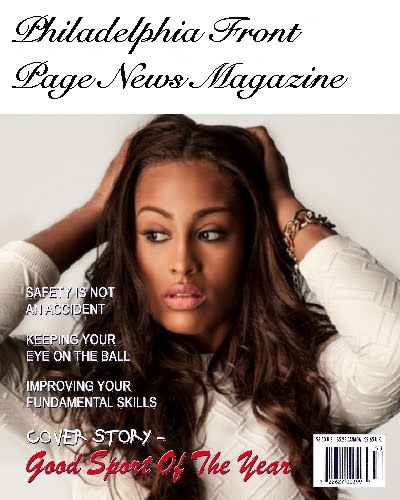

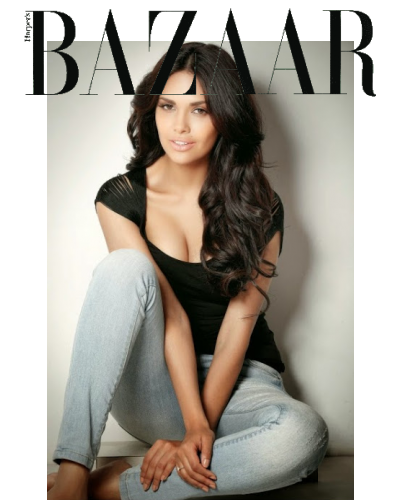

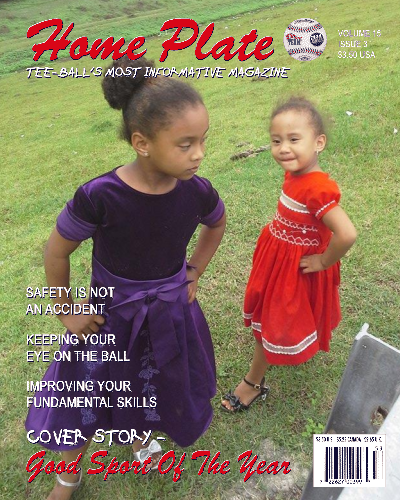

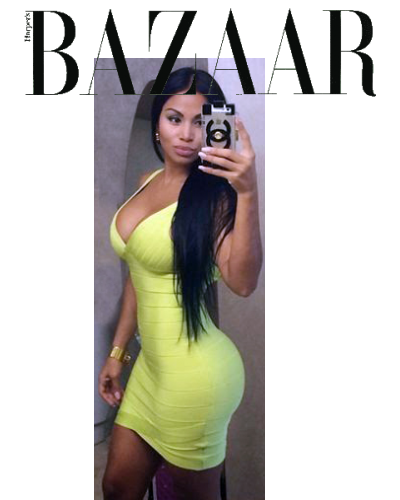

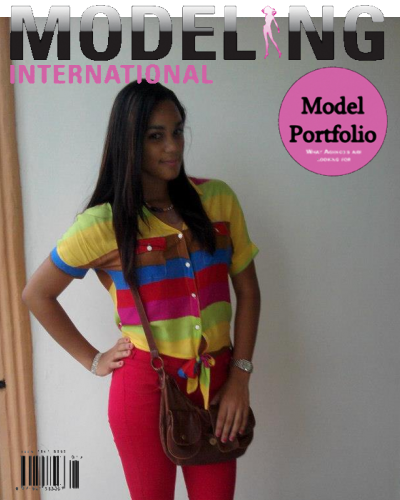


_0.png)